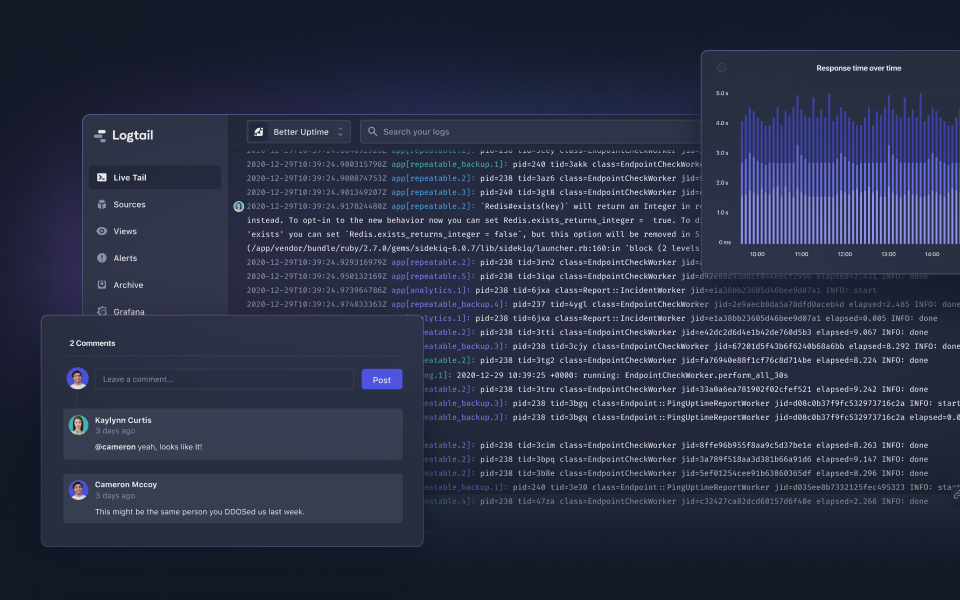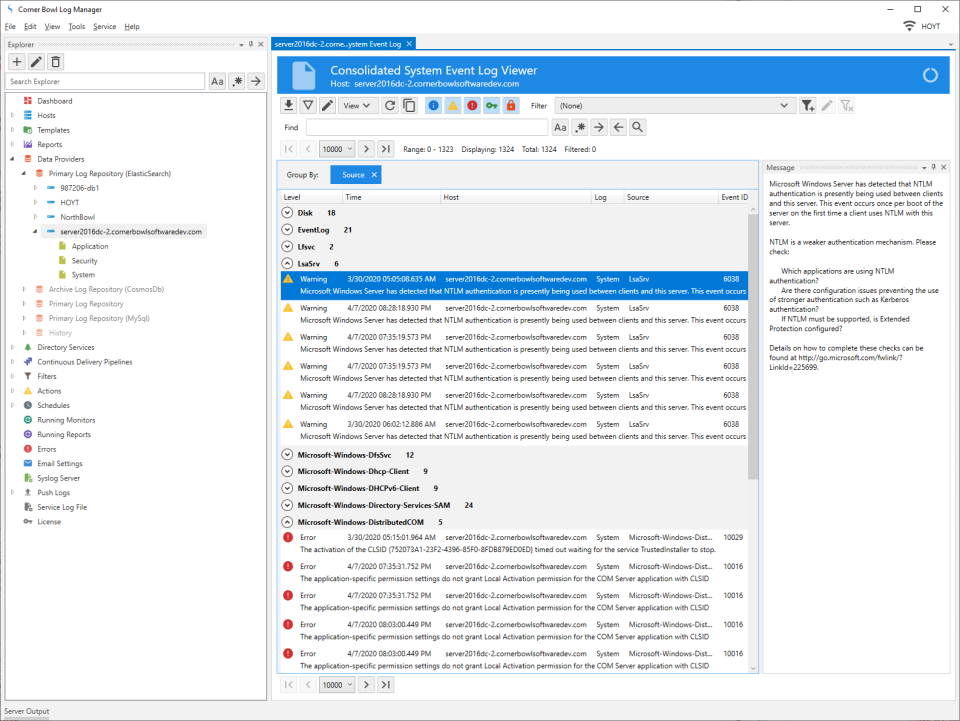

Cloudflare too was using Elasticsearch for many years but shifted to ClickHouse because of limitations in handling large log volumes with Elasticsearch. Columnar databases like ClickHouse are very effective in storing log data and making it available for analysis.īig companies like Uber have shifted from the Elastic stack to ClickHouse for their log analytics platform. SigNoz uses a columnar database ClickHouse to store logs, which is very efficient at ingesting and storing logs data. SigNoz is a full-stack open source APM that provides log collection and analytics. Top 14 ELK stack alternatives īelow are the top 14 ELK stack alternatives: Log management is the method of collecting, parsing, storing, analyzing, and utilizing log files and log messages from your applications, servers, and other infrastructure components to provide insights for troubleshooting, debugging performance issues, and identifying security threats. But scaling an ELK stack can be costly, and there are many alternatives available that you should explore. The Elk stack is a very popular solution for log analytics. The ELK stack can either be self-hosted, or users can opt for a cloud version provided by Elastic. Logstash is the data processing engine, and Kibana lets users visualize data in Elasticsearch with charts and graphs. The ELK stack started with Elasticsearch which is a search and analytics engine. In this article, we will discuss 14 ELK alternatives that you can consider using.

The ELK stack is also hard to manage at scale.
LOGTAIL KLEJ LICENSE
Elastic changed the license of Elasticsearch and Kibana from the fully open Apache 2 license to a proprietary dual license. We store all your data in the json column, and you need to parse out the individual attributes out, if you want to select and query them.ELK is the acronym Elasticsearch, Logstash, and Kibana, and combined together, it is one of the most popular log analytics tools. You can use the Clickhouse-flavor of SQL, but there's a little gotcha when you want to access individual columns. Your changes won't be persisted in that way. We also automatically generate dashboards based on the source types and data structure you send our way - giving you a headstart! Note that the automated dashboards are re-created, so we advise against making them editable and changing them. You can either create dashboards with various panels, or use the Explore functionality to chart one-off queries. The third way of working with your logs is through the integrated Grafana. It uses the same backend as the Live Tail, so the options should feel familiar if you used it for querying logs. If you prefer to search for logs from your own systems, we have a which you can use. Here's an example, with expanded view of all the attributes: The next element you'll likely see a lot of is the individual log line. It's very useful to see the context of what happend at a given time, and to drill down for some more context, you can apply additional filters. It accepts the same range of values as the datepicker (relative, absolute, or time described in words), and jumps your context to the given time, querying logs around it.

The last interesting action available in the Query panel is the Scroll to button. We found views very useful to keep track of common errors - we utilize them ourselves along with Alerts. Think of views as permanent filters unbounded by time - we store your query prompt and selected sources, and you can easily return to them. You can use the bookmark icon to save views.

The datetime picker (and the Scroll to field) also accept unix timestamps and ISO8601 strings, making it extremely straightforward to copy datetimes from your other sources, like error reporting. You can use relative datetimes, like now-3h, that change automatically based on your time, or absolute times, like Monday at 3pm. The Datetime picker next to the Query prompt gives you an easy way to specify the time range. This is where you filter your logs based on the content of the message, level, or any other attributes you send our way. Next comes the Query builder prompt, powered by the. You can mix & match which logs to show on Live Tail, making it super easy to switch between apps, or to combine them to see patterns in multiple environments, to name a few use-cases. The first thing in the Query panel is the Source selector.


 0 kommentar(er)
0 kommentar(er)
